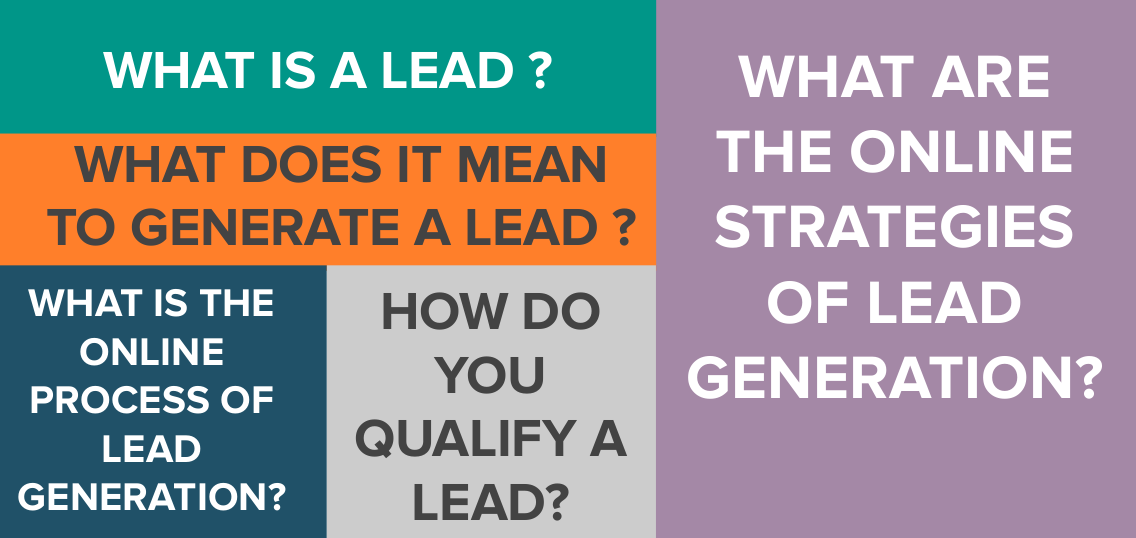Lead Generation in International Markets
New ICT and inbound marketing are revolutionizing SMEs' access to international markets
Published by Valerio Ronci. .
International marketing Digital Export
Log in to use the pretty print function and embed function.
Aren't you signed up yet?
signup!
In recent years, in the context of Internationalization and Digitalization, Lead Generation methodologies in foreign markets have been undertaking radical changes. This is due to two main reasons: the development of digital technologies and the transition from Outbound to Inbound sales methodologies.
The development of digital technologies allows international marketers to generate leads in new ways, which add up to the more traditional offline lead generation (fairs, events, network meetings, etc.).
Online lead generation has to be conceived as a complement to offline lead generation: its objective is in fact to enhance the effectiveness of the overall lead generation campaign.
The development of inbound sales methodologies allows exporters to reach out to potential customers for whom the company's product/service represents a solution to a specific problem at a specific time.
It is then clear that, by leveraging digital technologies and employing inbound sales methodologies, exporting companies can reduce the cost of lead generation in international markets as they can lower the cost of customer acquisition and increase overall sales performance. This translates concretely into an increase of the amount of leads which convert into paying customers (improvement of lead conversion rate).
The topic of lead generation can be articulated by answering 5 key questions.

What is a Lead?
In each company the word Lead is defined in a slightly different way; in general, sales people and marketers agree that a good definition of Lead is:
any person who shows interest in the product/service offered by a company and is willing to leave some information (at least the e-mail address) to start a conversation.
A Lead is then someone who, becoming aware of a new product/service through several sources (online search, website, social media advertising, etc...), decides to express their interest by sending an email, subscribing to a newsletter, starting a software free trial and so on.
What does it mean to generate a Lead?
Lead generation is
What is the online lead generation process?
The online lead generation process consists in
Each company defines the phases of lead generation in a specific way; generally speaking, 4 key steps can be identified:
- The potential customer discovers the company through company marketing channels, such as its website, social media page or blog. At this stage the potential customer is still a Stranger (Visitor).
- On the company marketing channels the visitor is enticed to take action through a Call-To-Action (CTA). The CTA is nothing more than an image, a button, a message inviting the potential customer to do something.
- The CTA is made in such a way that the potential customer lands on a Landing Page, which is a form through which the company collects information about the potential customer.
The company asks for and gets information, because it gives something which is valuable for the Stranger, e.g. an e-book, an online seminar, a product trial. - When the potential customer fills in the Landing Page and sends it over to receive the company’s offer, they change their status from Stranger (Visitor) to Lead. The company has then generated a Lead.
The process can be summed up as follows:

How do you qualify a lead?
Once the Visitor has converted to a Lead, it is necessary to qualify them.
Qualifying a lead means understanding if there is a real interest in the company's product/service.
One of the quantitative techniques used to qualify a lead is Lead Scoring.
This technique consists in assigning a numerical value to a lead, i.e. a score based on the actions that the lead takes. In this way it is possible to understand if the lead can be qualified as "interested" or "ready to buy".
For example, a lead visits the company's website, then they visit the LinkedIn page, download an e-book on a specific topic and finally activate the product test.
In this case, the lead can be qualified as "ready to buy" because it reaches a hypothetical score of 50 points (5 points for visiting the website, 5 points for visiting the social page, 10 points for downloading the e-book and 30 points for activating the product trial).
On the other hand, if a lead simply fills in the Landing Page form but then they do not respond to other marketing actions, it can be qualified as "interested".
The Lead Scoring criteria must be specifically defined by the company's marketing and sales managers. It is a process that needs to be continuously fine-tuned to make it a process which generates paying customers, not just leads.
What are the online lead generation strategies?
There are a large number of online lead generation strategies, which mainly reflect the platforms on which companies know that they can find leads suitable for the product/service offered.
If a company is looking for consumers/end users (B2C), the most suitable platforms can be Facebook, Instagram, Twitter. Pay-Per-Click (PPC) campaigns can be also very effective.
On the other hand, if the company wants to generate business leads (B2B), platforms such as LinkedIn are more suitable.
Also Search Engine Optimization (SEO) and email marketing are very effective tactics in generating leads.


